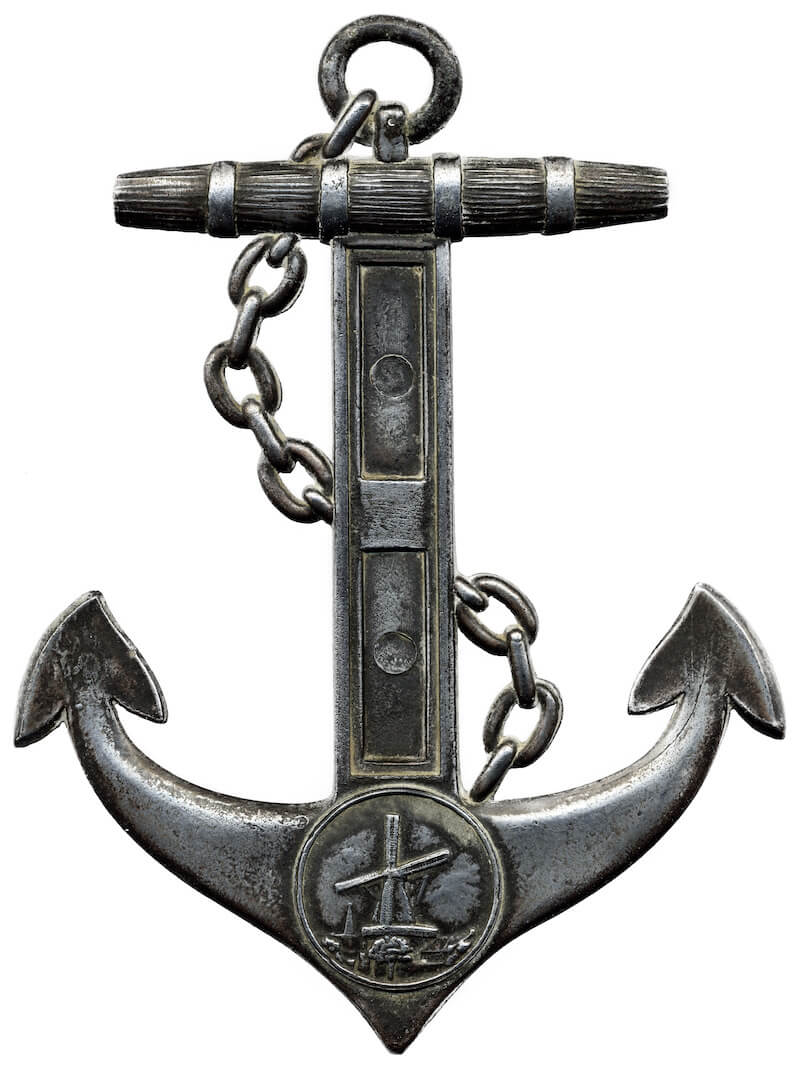
When it comes to recreational boating, the selection of an appropriate anchor can significantly influence the overall experience. Whether you are an avid sailor, a weekend fisherman, or a leisurely cruiser, understanding the nuances of various anchor types is imperative. Anchors serve as the steadfast guardians of vessels, ensuring that your boat remains securely moored even in choppy waters. This guide explores the different types of anchors, their characteristics, and, above all, which anchor is ideal for most recreational boats.
Before delving into the specific types of anchors, it is essential to understand their primary function. An anchor’s main purpose is to resist the forces exerted by wind, current, and waves, providing stability to a boat. This stability is not only crucial for comfort but also for safety, as loose or ineffective anchoring can lead to unfortunate mishaps.
Generally, there are several categories of anchors available in the marine industry. These include fluke anchors, plow anchors, claw anchors, mushroom anchors, and grapnel anchors, among others. Each type is designed with specific applications in mind, reflecting varying degrees of holding power and suitability for different marine environments.
Fluke Anchors
Fluke anchors, often known as Danforth anchors, are widely recognized for their lightweight construction and exceptional holding power in soft substrates such as mud and sand. The design features thin, broad flukes that enable the anchor to dig into the seabed with remarkable efficiency. They are particularly popular among recreational boaters due to their ease of storage and deployment.
However, their effectiveness diminishes in rocky or weedy areas, raising the question of where you typically navigate. For boaters predominantly exploring bays and beaches, fluke anchors can be an excellent choice. Yet, adventurers venturing into harsher marine conditions might need to consider alternative anchors for reliability.
Plow Anchors
Distinctive for their plow-shaped design, plow anchors, or CQR anchors, offer versatile performance across varied bottom conditions. Their ability to set quickly and hold firm in sand, mud, or grass makes them a popular option among serious cruisers. Designed to pivot upon entry, they adjust to changing seabed conditions, thereby enhancing their holding capacity.
The plow anchor is especially revered for its performance in turbulent waters. Boaters who intend to navigate high-wind conditions or overnight anchoring scenarios often favor this option, as it provides confidence in stability and security. Overall, plow anchors embody reliability and adaptability, making them an appealing choice for many recreational boaters.
Claw Anchors
The claw anchor is another robust option, known for its unique three-pronged design reminiscent of a claw. This anchor excels in various seabed conditions and is particularly effective in hard grounds. Its ability to set efficiently upon deployment and its resilience in rough conditions position it as a reliable anchor for numerous recreational boating scenarios.
For those cruising in varied environments—from rocky coastlines to sandy shores—the claw anchor serves as a dependable option. However, it is worth noting that in exceptionally soft or yielding seabeds, the performance of claw anchors may not match that of fluke or plow anchors.
Mushroom Anchors
Mushroom anchors are not typically utilized for recreational boating but have merit in specific niche applications, particularly for small boats or floating docks. Characterized by their mushroom-like shape, they utilize weight and some degree of burial in soft sediment to achieve holding power. They are most effective in consistent, calm water conditions but are often inadequate for boats navigating turbulent scenarios.
While they are beneficial for short-term stays or temporary mooring, serious boaters would be prudent to look toward more resilient anchor types that can withstand the unpredictability of nature.
Grapnel Anchors
Grapnel anchors are commonly used for retrieval purposes rather than for securing vessels in place. Featuring multiple tines, they are designed to snag debris on the seabed. Though somewhat less common for securing recreational boats, grapnels can serve specialized applications, such as retrieving lost items or connecting to submerged structures.
Their versatility in navigating diverse situations makes them a valuable tool in any boaters’ toolkit, but they are not a substitute for a primary anchoring solution.
Conclusively Evaluating Your Anchor Needs
To select the most appropriate anchor for recreational boating, several factors must be considered. The type of waters you frequent—whether they are sandy, muddy, or rocky—significantly influences your choice. Additionally, the typical weather conditions you experience, including wind strength and current patterns, should be weighed heavily in your decision-making process.
Furthermore, the size and weight of your vessel also dictate the anchor type and size you should consider. A larger boat may require a heavy-duty anchor tailored to withstand stronger forces than would be necessary for a smaller craft.
Ultimately, the anchor selection process intertwines an intricate interplay of conditions, preferences, and intended usage. By understanding the nuances of fluke, plow, claw, mushroom, and grapnel anchors, you can make an informed decision that enhances your boating experience. No matter which option you select, the right anchor will provide the solace of security while you enjoy the beauty of the waterways around you.
